
How to harvest and store hazelnuts?
All our tips on when to harvest and how to store hazelnuts
Contents
In a garden or in the countryside, the hazel (Corylus avellana) catches the eye with its flowering in trailing catkins, often beautifully coloured, its sometimes purplish foliage, or its twisted habit. But what primarily makes the hazel appealing are its hazelnuts. Squirrels certainly know this and love this shell fruit, which is very rich in nutrients, storing it for winter. Why not follow the example of this little rodent with its beautiful red coat? We’ll explain when and how to harvest hazelnuts, as well as how to best preserve them so you can enjoy them throughout the year.
Feel free to also check our sheet on Hazel, Corylus: planting, pruning, and maintaining or discover our complete range of hazels.
Do you want to know if the hazel is suitable for your climate, soil, and exposure? Follow our personalised advice with our Planfit web application.
How does a hazelnut develop?
Before anything else, know that patience is essential when it comes to the hazel tree. You will need to wait 5 to 6 years before it bears fruit, and more likely 8 years to achieve a decent harvest of around 7 to 12 kg per tree. But as a just reward for your perseverance, the hazel tree is generous, living and fruiting for up to 60 years.
Monoecious, the hazel tree ostentatiously displays its male flowers (the famous aments) while more discreetly showcasing its female flowers, simple little red bouquets emerging from a cluster resembling a bud. A way to maximise its chances of survival, you might say! Well, not quite, as this dual flowering is staggered. Just as the hazelnuts are being harvested, the aments begin to form. They will adorn the branches of the hazel tree from December to March, attracting numerous hungry pollinating insects after the winter break. The pollen is dispersed by the wind to the female flowers, which only open in March-April. It’s safe to say that the pollen from a hazel tree has been scattered before its own female flowers are receptive!

Male and female flowers of the hazel tree
Therefore, to maximise your chances of enjoying hazelnuts, it is advisable to plant a variety with staggered flowering to encourage cross-pollination. For example, the Longue d’Espagne hazel tree pairs well with ‘Merveille de Bollwiller’ or ‘Fertile de Coutard’.
Harvesting Hazelnuts: when and how?
The right time to harvest hazelnuts
To know when to harvest hazelnuts, you can wait for a squirrel. It won’t be mistaken! Otherwise, be aware that, depending on the varieties, hazelnuts can be harvested from the end of summer, starting in late August, like the ‘Giant of Halle’ hazel, and until September-October or even November for ‘Merveille de Bollwiller’.
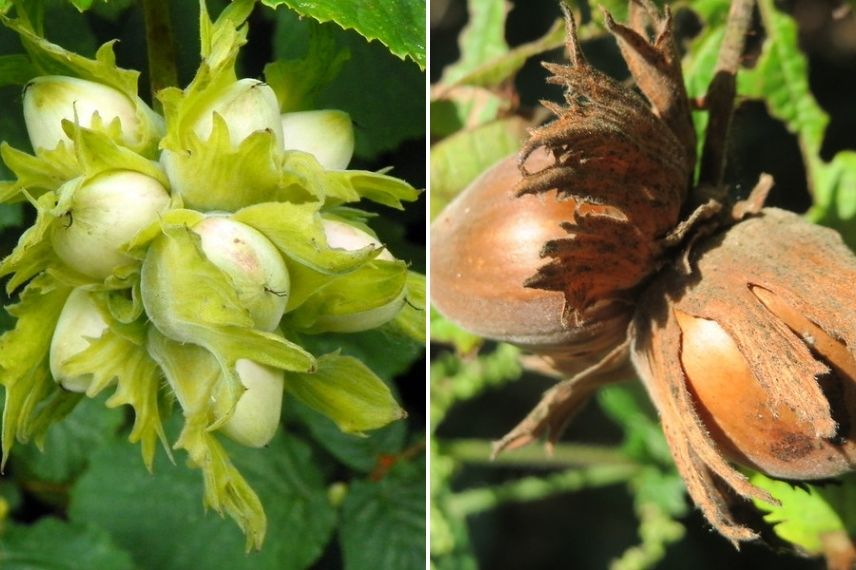 Hazelnuts are ripe when the shell and involucre have changed from green to brown
Hazelnuts are ripe when the shell and involucre have changed from green to brown
In general, the harvest is indicated by the spontaneous dropping of the first hazelnuts. Additionally, another sign is a good indicator: the involucre, which is the vegetative sheath made of bracts surrounding the hazelnut shell, dries and slightly retracts. At the same time, the hazelnut shell changes colour, turning brown.
The best way to harvest hazelnuts
Of course, you can simply wait for them to fall to the ground and bend down to pick them up. By placing a tarpaulin under the tree, the gathering will be easier. You can also simply mow the area under the branches of the tree. Don’t hesitate to gently shake the hazel tree with a pole to facilitate the harvest.
Otherwise, with a simple press of your fingers, the hazelnuts detach easily when they are ripe.
The harvest of hazelnuts can continue for 4 to 6 weeks.
Discover other Corylus - Hazelnuts
View all →Available in 1 sizes
Available in 4 sizes
Available in 1 sizes
Available in 3 sizes
Available in 1 sizes
Available in 3 sizes
Available in 1 sizes
Available in 2 sizes
Available in 1 sizes
Available in 1 sizes
Hazelnuts to enjoy straight away
The harvest is done and proves to be quite fruitful. However, some hazelnuts may be unsuitable for storage and consumption.
Right after the harvest…
It is not uncommon for the hazelnut weevil (Curculio nucum) to attack the fruits that have reached ripeness. Specifically, the female weevil drills a hole in the hazelnut in May-June and lays her eggs. The larva that hatches 5 to 10 days after laying will feed on the fruit, causing it to fall prematurely. Infested hazelnuts have a small, visible hole upon close inspection. To identify the wormy and hollow hazelnuts, you can also soak them in a container of water. Those that sink are consumable; the others should be discarded.
Consumption of fresh hazelnuts
You can consume fresh hazelnuts right away. Their texture is crunchy without being too hard. As for their flavour, it is subtle and fruity. The first step is to remove the dry involucre to free the brown shell. Then, using a nutcracker, break the shell while being careful not to damage the fruit.
Once freed from their shell, hazelnuts can be stored for a maximum of 3 weeks. Provided they are kept in an airtight container. Beyond this period, they will become rancid.
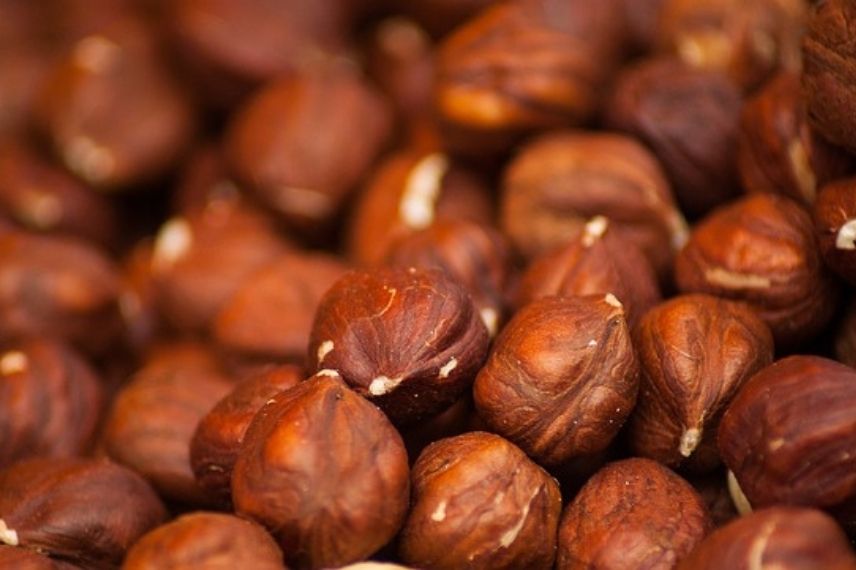
Roasting hazelnuts helps to remove their skin
Read also
Choosing the right hazel: buyer's guideDrying and storing hazelnuts
If the harvest has been good, you have the option to store your hazelnuts for several months without any problem.
- Before drying and storing them, remove the dry involucres
- Brush the hazelnuts to remove any soil or herb residues that could cause them to rot
- Place your hazelnuts in crates or on trays
- Put them in a warm, dry, and well-ventilated place and let them dry for a week.
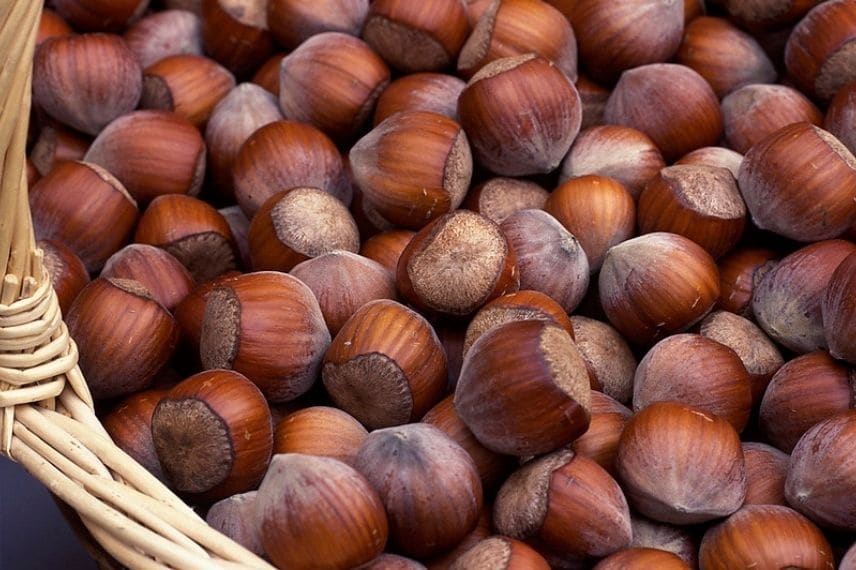 Once dry, hazelnuts can be stored for several months in a basket or crate[/caption>
Once dry, hazelnuts can be stored for several months in a basket or crate[/caption>
Once dry, hazelnuts can be stored in a basket or crate to allow air circulation. The container should be kept in a cool, airy place away from light, such as a cellar or attic. Be sure to regularly stir them to spot any damaged or mouldy nuts.
Also, consider protecting your hazelnuts from mice and voles that can gnaw through the shell with their sharp incisors. A fine mesh wire can be deterrent. Otherwise, adopting a cat is highly recommended!
What should I do with the still green hazelnuts?
It’s not easy to answer this legitimate question! While no one would think of harvesting fruits that haven’t reached their physiological and gustatory ripeness, the question arises if your hazelnuts have prematurely fallen, still green, due to a storm or hail?
Unless stated otherwise, I would answer this question negatively. Firstly, for taste reasons, a green hazelnut does not have a pleasant flavour. Secondly, at this stage, the hazelnut, that is to say, the seed has not completed its development, has not undergone the necessary internal transformations for ripeness, and does not contain all the components that make it capable of germination. Finally, hazelnuts are not climacteric fruits (which continue to ripen after harvest), so if they are green, they should not ripen once they are no longer connected to the tree via the pedicel.
Hazelnut: from garden to plate
Hazelnuts are delicious, simply eaten as they are. Those who are wary of the small brown skin covering them can blanch them. Once the shell is cracked, place the hazelnuts in the oven at 180 °C for 10 to 15 minutes or in a dry pan for 5 minutes. As soon as the hazelnuts turn a golden yellow, let them cool in a cloth. By rubbing them vigorously, the skin comes off. You can serve them as an aperitif instead of peanuts. They will be roasted.
Hazelnuts can be crushed, chopped, grated, and ground to enhance sauces, risottos, gratins, tarts, and cakes, as well as desserts like brownies, mendiants, sablés, and muffins. They can be sprinkled on soups or desserts, and can be made into ice cream. Hazelnuts are also part of the essential praline, its Italian equivalent gianduja, or a homemade spread. They are also ideal in muesli or granola.

Hazelnuts are very present in desserts
Hazelnuts are also used as a highly flavoured oil, in purée (the hazelnuts are simply blended in a powerful blender), or as a plant-based drink, which is very easy to make with 100 g of hazelnuts for one litre of water.
Recycling hazelnut shells?
Instead of throwing away hazelnut shells, give them a second life! Broken and crushed hazelnut shells can be used as mulch in the garden or for drainage in plant pots as a substitute for clay pebbles. They can also be used to decorate your insect hotel.
- Subscribe!
- Contents
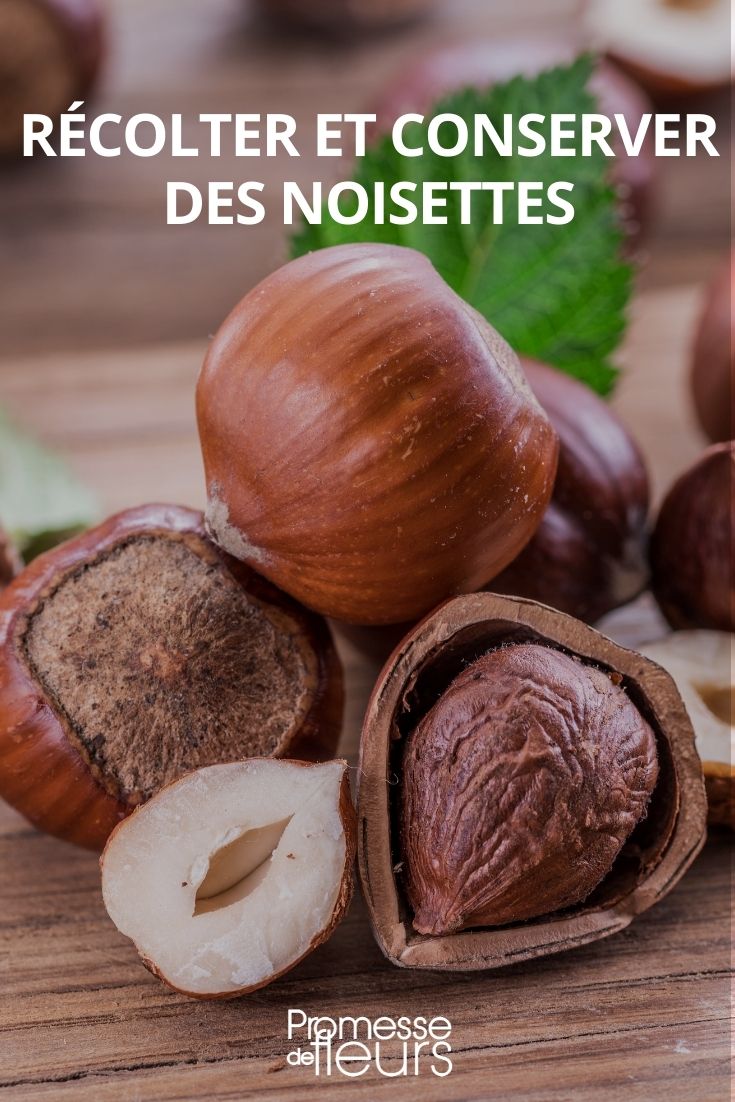































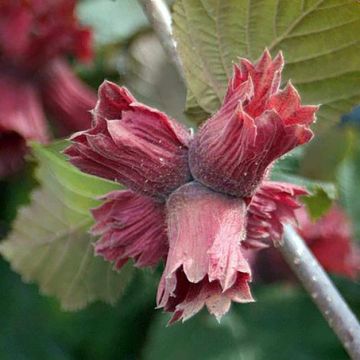
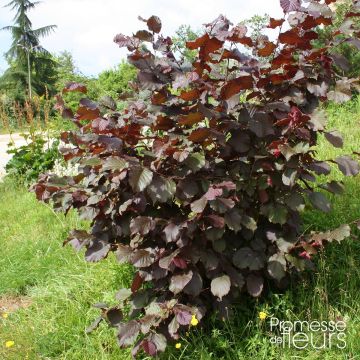
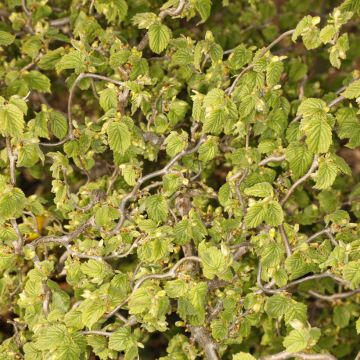




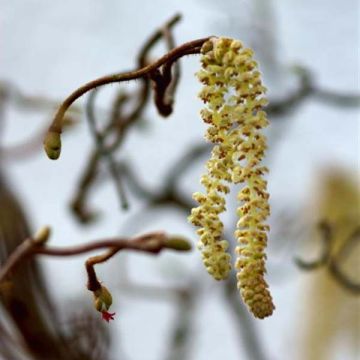
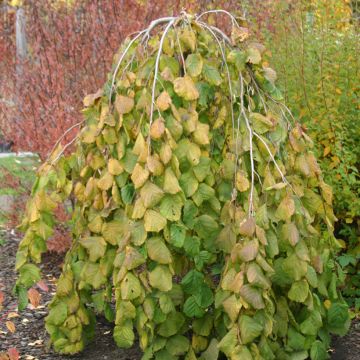
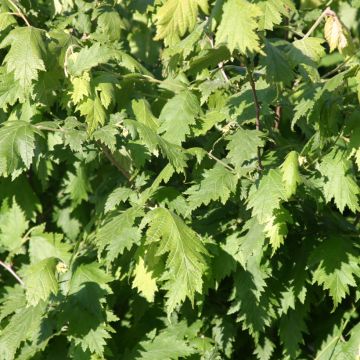
Comments